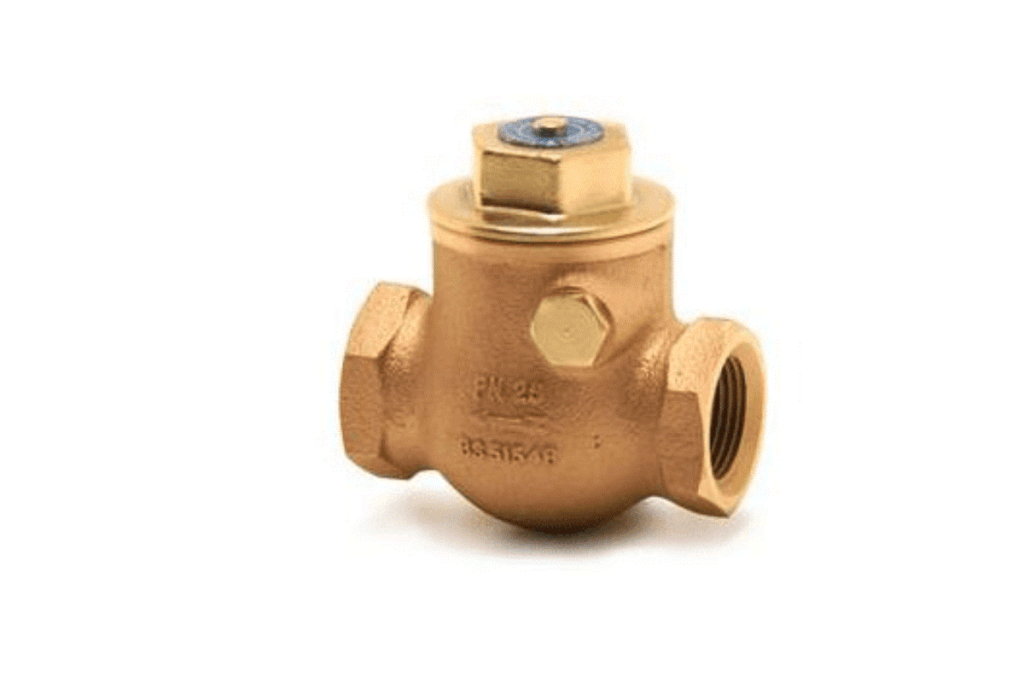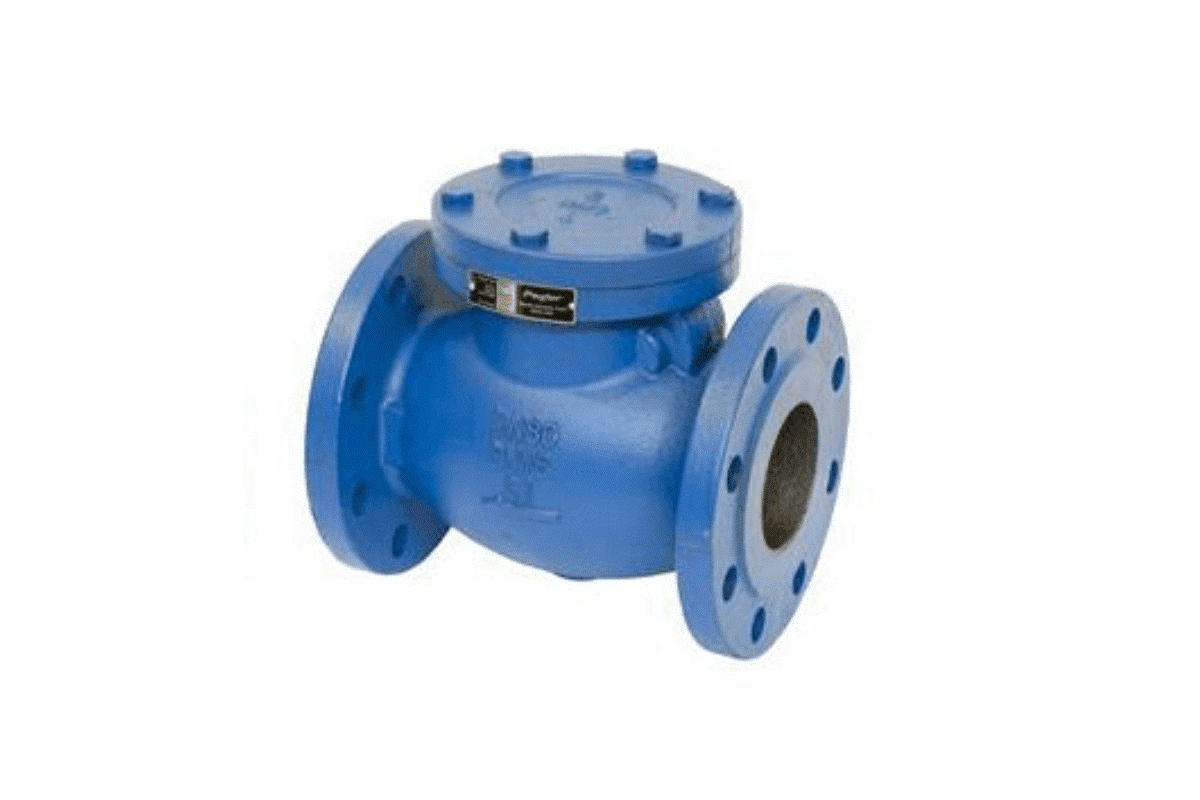Check valves are simple plumbing solutions used in fluid systems to allow fluid flow in one direction while preventing flow in the opposite direction. They act like gates, opening when fluid flows forward and closing to block reverse flow. Check valves are crucial in various industries, including plumbing, oil and gas, chemical processing, and water treatment. Let’s delve into the benefits of using them:

Enhanced Safety: Preventing Backflow
One of the primary benefits of check valves is improved safety. By preventing backflow, check valves ensure that fluids move only in the intended direction. This feature is critical in applications where backflow could lead to contamination or damage to equipment. For example, in plumbing systems, the backflow of contaminated water could pose health risks. Check valves mitigate this risk by stopping reverse flow and safeguarding the system and the environment.Efficiency Boost: Maintaining Pressure and Flow
Check valves contribute to efficiency by maintaining consistent pressure and flow within a system. They help maintain pressure levels by preventing reverse flow, ensuring fluids move smoothly through pipelines and machinery. This prevents pressure fluctuations that can cause inefficiencies or damage equipment. In industries like oil and gas, where precise fluid flow control is crucial, check valves are vital in optimizing operations and reducing downtime.Reduced Maintenance: Protecting Equipment
Another advantage of check valves is their ability to protect equipment from damage. By preventing backflow, they reduce the risk of a water hammer—a sudden pressure surge that can damage pipes, valves, and other components. This extends the equipment’s lifespan and minimizes costly repairs and maintenance. In industries where downtime can result in significant losses, such as manufacturing and power generation, the reliability of check valves is paramount.
